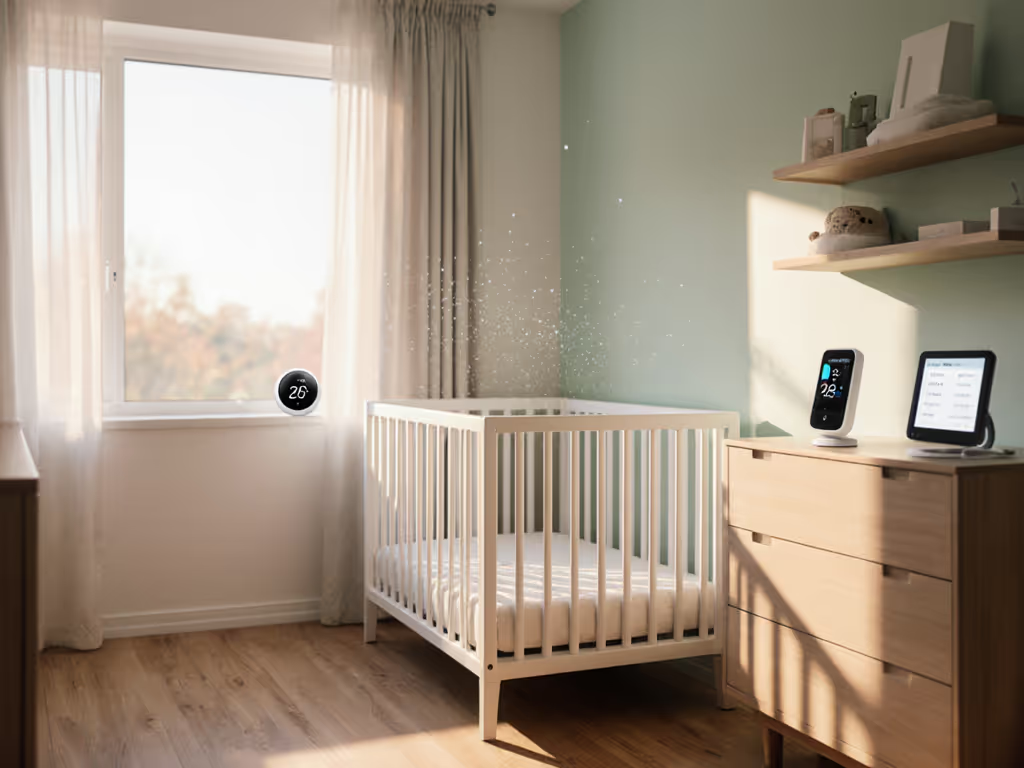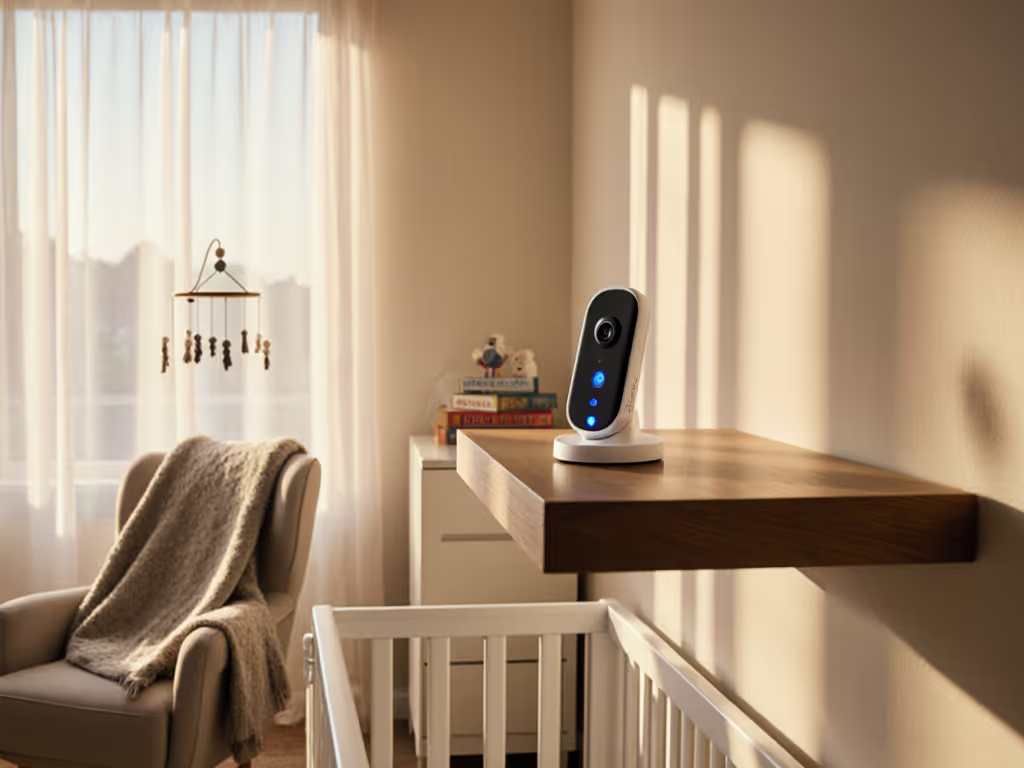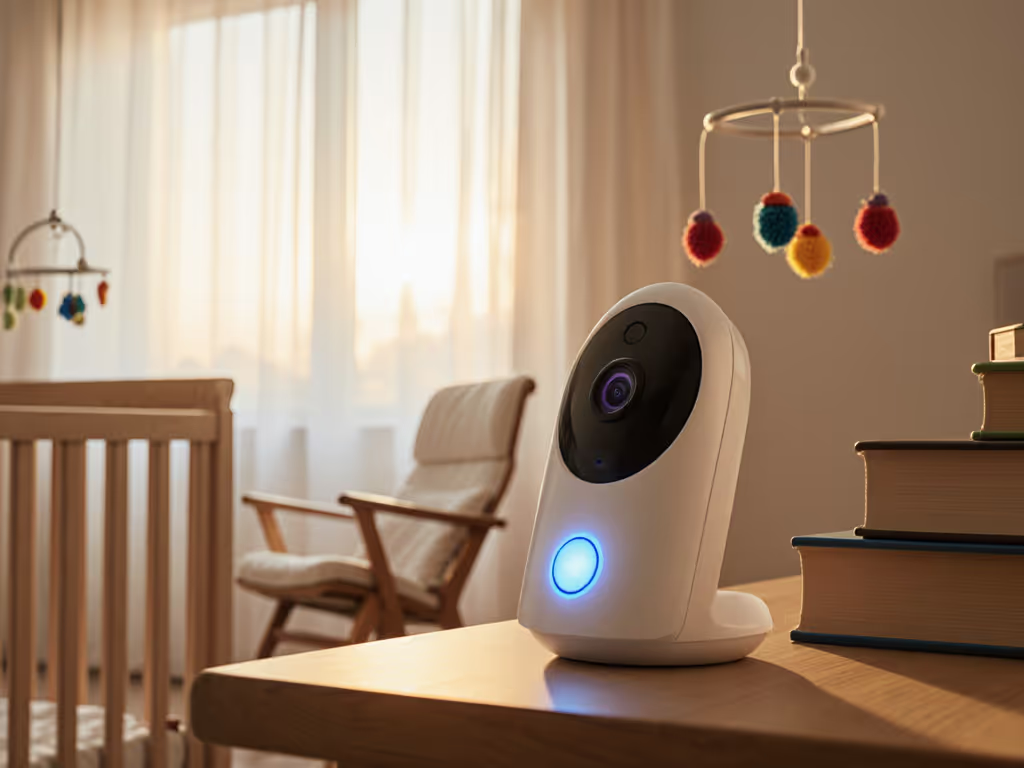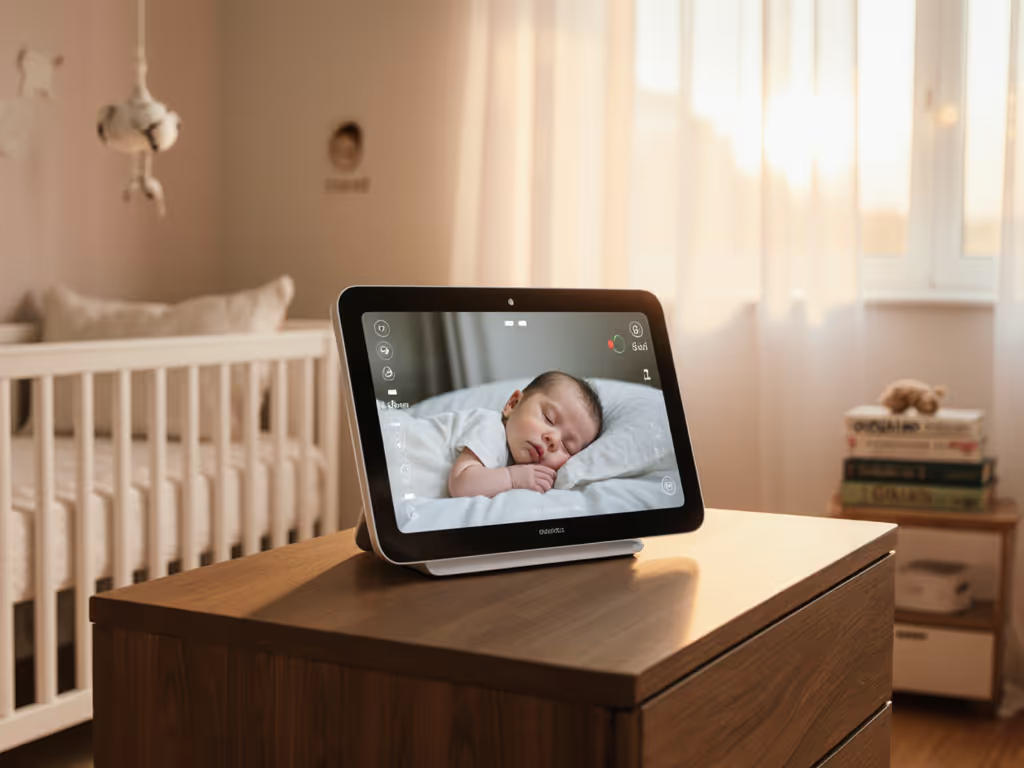
Complete Guide to Breathing Monitors for Babies
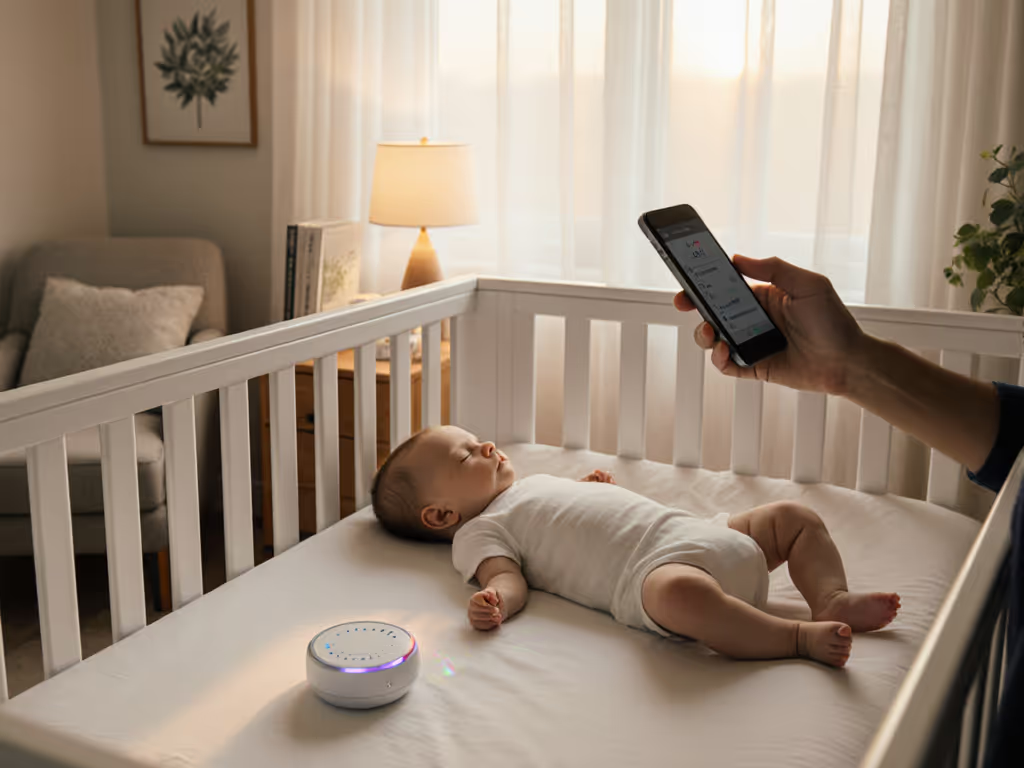
Complete Guide to Breathing Monitors for Babies
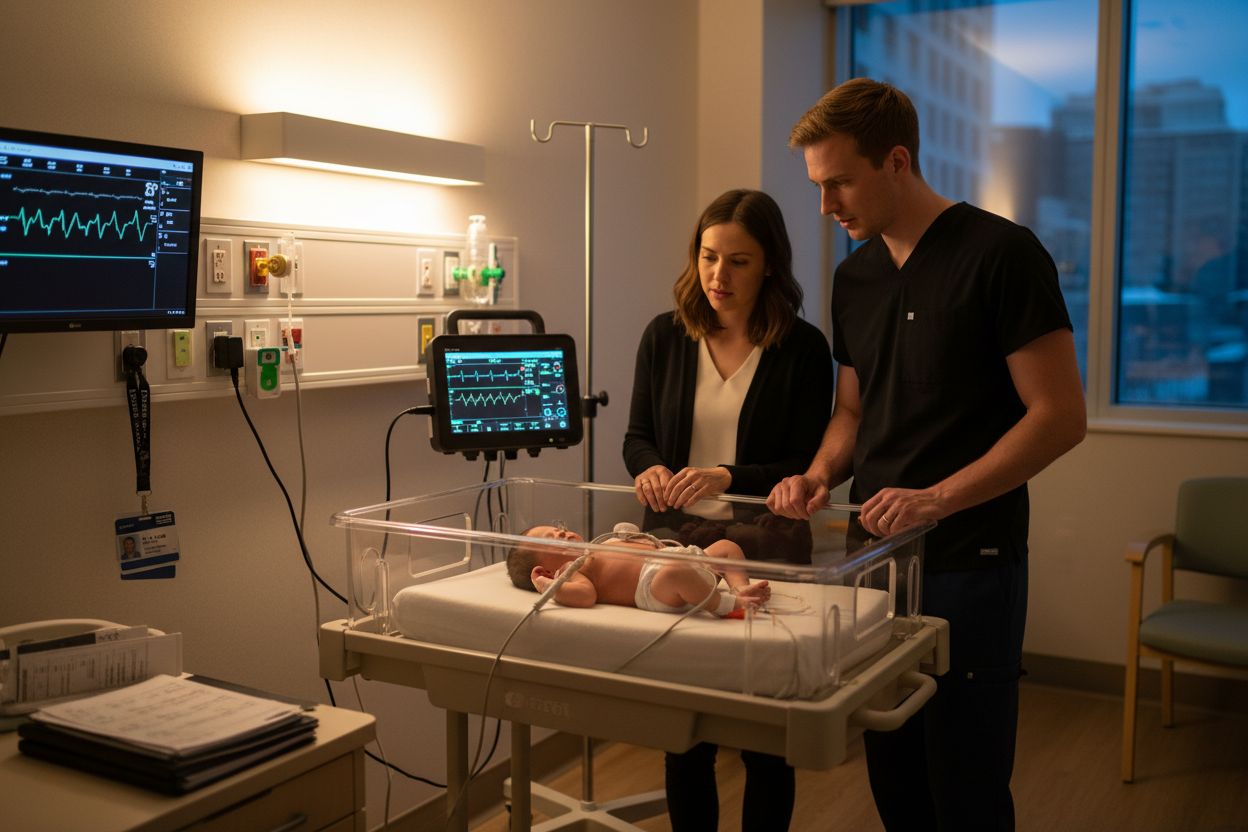
Every year, nearly 3,400 infants die unexpectedly in sleep-related incidents across the United States. For many parents, fears about their baby's breathing spark anxious nights and restless worry. Breathing monitors use advanced sensors and smart technology to track a baby's breathing patterns, promising extra reassurance during those fragile early months. Understanding how these devices work, who actually needs them, and the real limits of their protection helps families make safer choices for their smallest loved ones.
Key Takeaways
| Point | Details |
|---|---|
| Function of Breathing Monitors | Breathing monitors track an infant's respiratory patterns but are not recommended for most healthy newborns. They are most useful for high-risk infants with specific medical conditions. |
| Types of Monitors | They can be wearable or non-contact, utilizing various technologies such as sensors and cameras to detect breathing patterns. Each type has unique features suited for different monitoring needs. |
| Limitations and Risks | Breathing monitors may generate false alarms and should not replace safe sleep practices. Parents should remain vigilant and not overly rely on technology. |
| Privacy and Security | Parents must consider data privacy risks associated with connected monitors, ensuring they choose secure options and follow best practices for digital safety. |
Table of Contents
- What Is A Breathing Monitor For Babies?
- Types Of Baby Breathing Monitors Explained
- How Breathing Monitors Detect Infant Breaths
- Privacy, Data Security, And Home Use Considerations
- Common Risks, Limitations, And What To Avoid
What Is a Breathing Monitor for Babies?
A breathing monitor is a specialized electronic device designed to track an infant's respiratory patterns and alert parents if potentially dangerous breathing interruptions occur. These sophisticated devices help provide peace of mind by monitoring critical physiological signals during vulnerable sleeping periods.
Breathing monitors typically function through two primary mechanisms:
- Contact-based monitors: Use soft chest sensors or wearable devices that attach directly to the baby's body to track breathing movements
- Non-contact monitors: Utilize advanced radar or camera technologies to detect chest movements and respiratory rhythms without physical contact
While these devices sound promising, medical experts caution that home apnea monitors are not universally recommended. According to pediatric guidelines, most healthy newborns do not require continuous breathing monitoring. These devices are typically reserved for specific medical scenarios:
- Premature infants with documented breathing irregularities
- Babies with known heart or lung conditions
- Infants recently discharged from hospital intensive care
"Most newborns do not need home breathing monitors. They provide little protection from SIDS and can cause unnecessary parental anxiety." - American Academy of Pediatrics
The key is understanding that while breathing monitors can offer additional reassurance, they are not a substitute for safe sleep practices like placing babies on their backs, maintaining an appropriate room temperature, and using a firm sleep surface.
Types of Baby Breathing Monitors Explained
Breathing monitors have evolved significantly, offering parents multiple technological approaches to track their infant's respiratory health. These devices fall into several distinct monitoring categories, each with unique detection methods and features learn more about monitor comparisons.
Wearable Technology Monitors
These monitors directly attach to the baby's body to track breathing patterns:
- Chest Strap Monitors: Use electrodes or soft bands that wrap around the infant's torso
- Smart Clothing Monitors: Specialized garments with integrated sensors
- Wristband/Sock Monitors: Lightweight wearables that track movement and respiratory rates
Non-Contact Monitoring Systems
Advanced technological solutions that track breathing without physical contact:
- Radio Wave Monitors: Utilize radar technology to detect chest movements
- Camera-Based AI Monitors: Analyze visual breathing patterns through advanced imaging
- Under-Mattress Sensor Pads: Detect micro-movements indicating respiratory activity
Specialized Medical Monitoring Devices
Designed for high-risk infants or specific medical conditions:
- Oximetry Monitors: Measure blood oxygen levels
- Dual-Sensor Systems: Combine multiple tracking technologies
- Hospital-Grade Respiratory Trackers: Provide clinical-level monitoring
"The right breathing monitor depends on your specific family needs and medical recommendations." - Pediatric Monitoring Experts
While technology offers impressive monitoring capabilities, remember that no device can replace proper infant care practices and professional medical guidance.
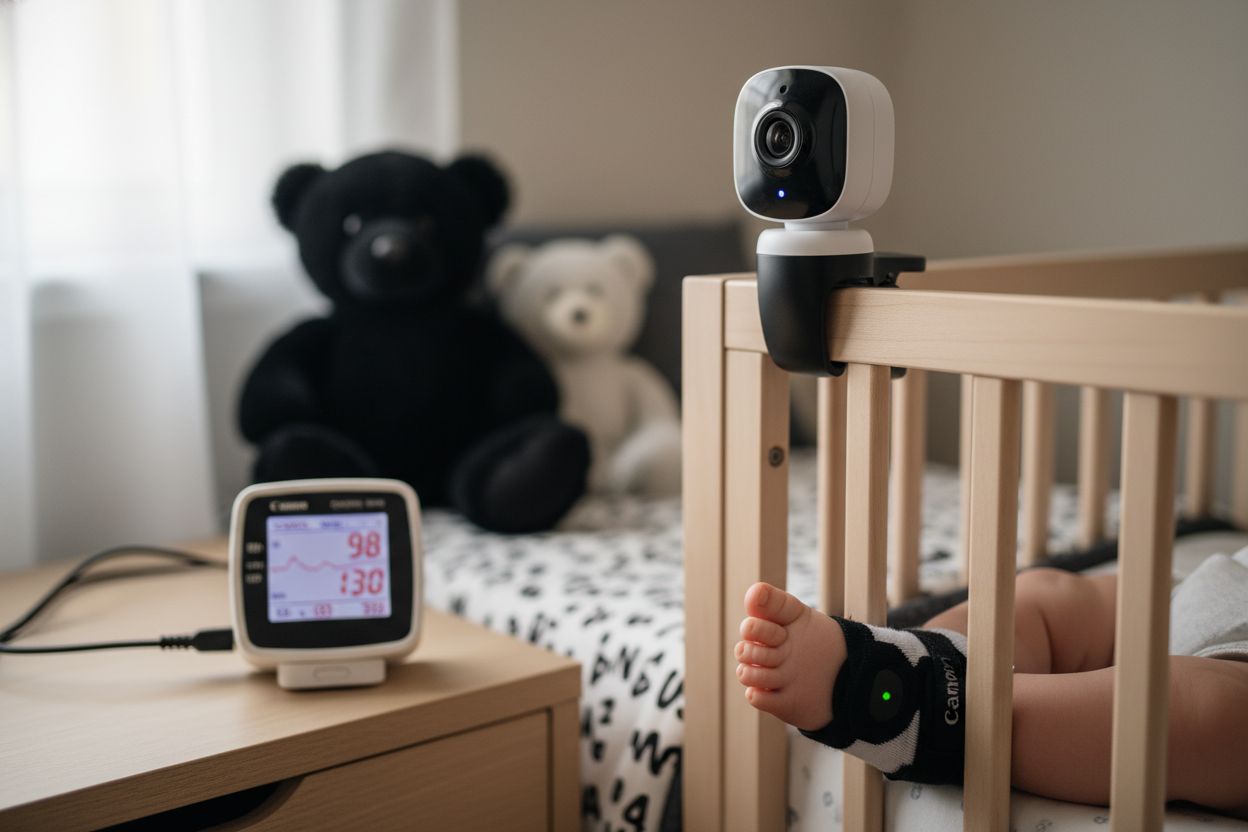
Here's a comparison of the main types of baby breathing monitors discussed:
![]()
| Type of Monitor | Detection Method | Typical Use Cases | Example Features |
|---|---|---|---|
| Wearable Technology | Body sensors<br>Electrodes | Everyday monitoring<br>Premature babies | Soft straps<br>Smart clothing |
| Non-Contact Monitoring | Radar<br>Camera imaging | Sensitive or movement-prone infants | Radio waves<br>AI video analysis |
| Specialized Medical Devices | Oxygen level sensors<br>Dual technologies | High-risk or medically-complex infants | Hospital-grade<br>Oximetry |
How Breathing Monitors Detect Infant Breaths
Breathing monitors leverage sophisticated technological mechanisms to track an infant's respiratory patterns with remarkable precision. The core challenge is detecting subtle chest movements that indicate breathing learn more about monitor technology.
Motion Detection Technologies
Video-based monitoring employs advanced image processing techniques to analyze chest movements:
- RGB camera algorithms track color and pixel changes
- Thermal imaging identifies heat signature variations
- Machine learning models filter out background noise
Physical Movement Tracking Methods
Sensor-based approaches utilize different detection mechanisms:
- Pressure-sensitive mattress pads measure micro-movements
- Wearable devices with accelerometers track chest expansion
- Radio wave technologies detect chest wall oscillations
Scientific Precision
Research demonstrates remarkable accuracy in breath detection:
- Mean absolute error: 3-5 breaths per minute
- Capable of detecting respiratory rates across various infant positions
- Advanced algorithms compensate for infant movement
"Modern breathing monitors can detect respiratory patterns with scientific-grade precision." - Infant Health Technology Research
While these technologies offer impressive monitoring capabilities, they supplement—not replace—attentive parental care and professional medical guidance.
Privacy, Data Security, and Home Use Considerations
Breathing monitors represent a powerful intersection of technology and parental care, but they come with critical privacy and security considerations that every family must carefully evaluate explore secure monitoring solutions.
Data Privacy Risks
Connected monitors introduce potential vulnerabilities:
- Cloud storage of infant biometric data
- Potential network breaches
- Unencrypted data transmission risks
- Third-party data sharing concerns
Security Best Practices
Protecting your family's digital safety requires proactive steps:
- Choose monitors with end-to-end encryption
- Regularly update firmware and passwords
- Use two-factor authentication
- Disable unnecessary remote access features
Psychological and Practical Considerations
While technological solutions offer comfort, they also present nuanced challenges:
- Risk of increased parental anxiety
- Potential for false alarm fatigue
- Over-reliance on technological monitoring
- Financial investment versus actual medical utility
"Baby monitors provide information, not guaranteed protection. Safe sleep practices remain paramount." - Pediatric Safety Experts
Ultimately, breathing monitors should complement—not replace—attentive parenting, medical guidance, and established infant safety protocols. Understanding their limitations helps families make informed, responsible monitoring decisions.
Common Risks, Limitations, and What to Avoid
While breathing monitors promise advanced infant tracking, they come with significant limitations that parents must understand learn about potential monitoring challenges.
False Alarm Risks
Technological overreach can create unnecessary stress:
- Frequent false alarms triggering parental panic
- Inconsistent detection of minor respiratory variations
- Potential misinterpretation of normal infant breathing patterns
- Battery or sensor malfunction leading to unreliable alerts
Medical Misconceptions
Breathing monitors are not medical guarantees:
- No proven prevention of Sudden Infant Death Syndrome (SIDS)
- Cannot detect complex respiratory obstructions
- Not a substitute for professional medical monitoring
- Lack scientific validation for comprehensive infant health protection
Critical Warning Signs
Potential monitor limitations parents should recognize:
- Overreliance on technological surveillance
- Increased anxiety from constant monitoring
- Financial investment without medical substantiation
- Potential distraction from traditional infant care practices
"Breathing monitors provide information, not medical intervention. They cannot replace professional medical guidance." - Pediatric Research Institute
Ultimately, while technology offers fascinating insights, parents must prioritize professional medical advice, safe sleep practices, and attentive caregiving over technological solutions.
Find Trustworthy Baby Breathing Monitor Advice That Puts Your Mind at Ease
Worried about false alarms, privacy risks, or choosing the right monitor for your baby? This guide highlights how overwhelming it can feel sorting through complicated features, privacy concerns, and the constant pressure to balance safety with peace of mind. Many parents share the same challenges. You want clear answers on which baby breathing monitors truly work, what provides real reassurance, and how you can avoid falling into common traps like over-monitoring or investing in unreliable technology.
Get answers now on https://babymonitorsforparents.pro, where every recommendation is built on expertise and real-world testing. Find detailed advice on trusted brands and privacy-respecting monitors in our comparison guides. Understand how technologies really perform in homes like yours and learn proven strategies for secure home setup. Visit today for unbiased guidance and ensure your baby's safety is supported by both technology and knowledge. Start making confident decisions to protect your family this moment.
Frequently Asked Questions
What is a breathing monitor for babies?
A breathing monitor is an electronic device designed to track an infant's respiratory patterns and alert parents if there are interruptions, providing peace of mind during sleep.
How do breathing monitors detect an infant's breaths?
Breathing monitors use various technologies, including motion detection through video analysis, pressure-sensitive mattress pads, and wearable devices with accelerometers to track subtle chest movements indicating breathing.
Are breathing monitors recommended for all newborns?
No, breathing monitors are not universally recommended. Most healthy newborns do not need continuous monitoring unless they have specific medical conditions, like being premature or having heart or lung issues.
What are the limitations of using breathing monitors for babies?
Breathing monitors can generate false alarms, may not prevent Sudden Infant Death Syndrome (SIDS), and should not replace professional medical monitoring or safe sleep practices. Overreliance on these devices can lead to increased parental anxiety.

